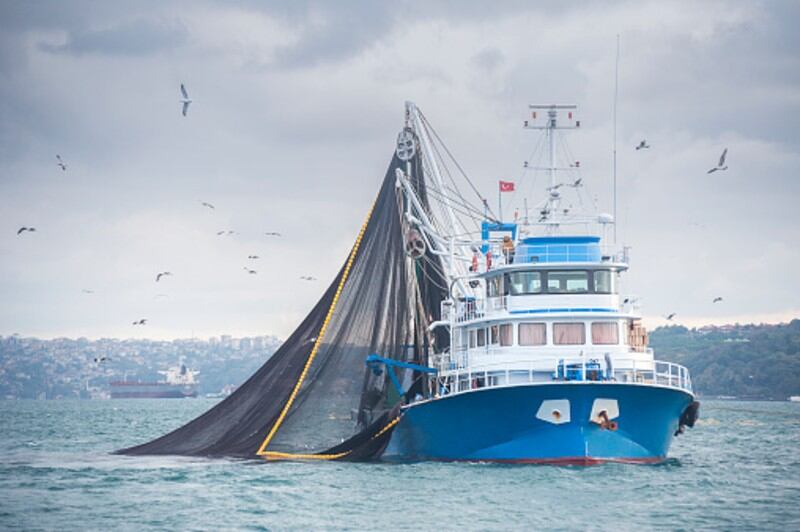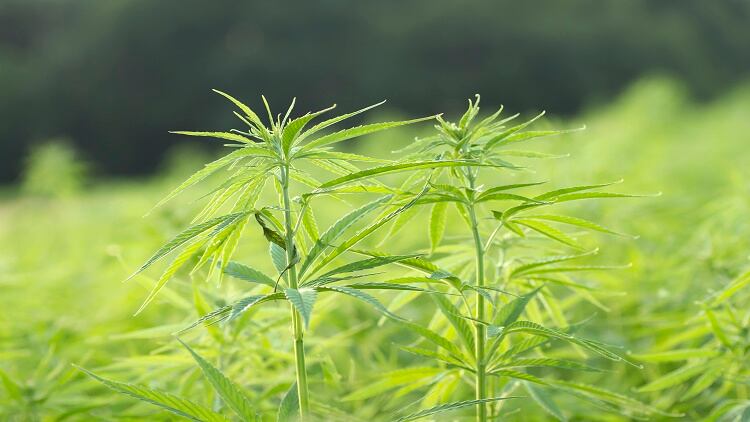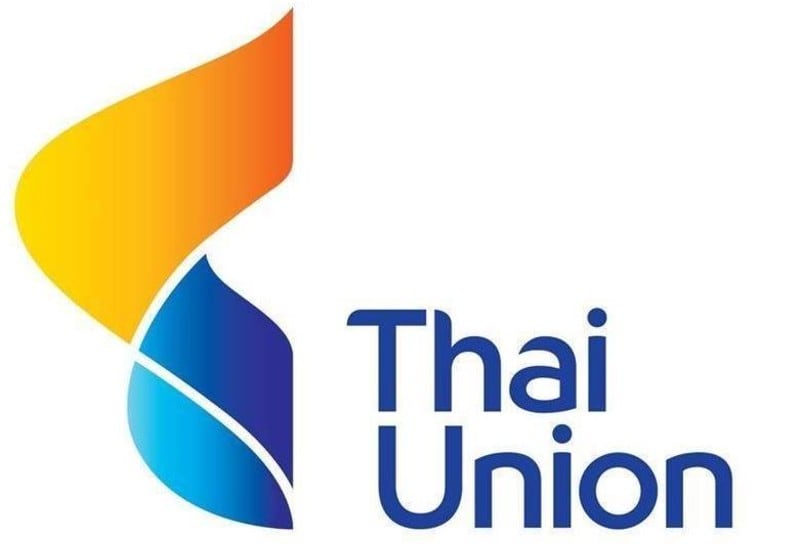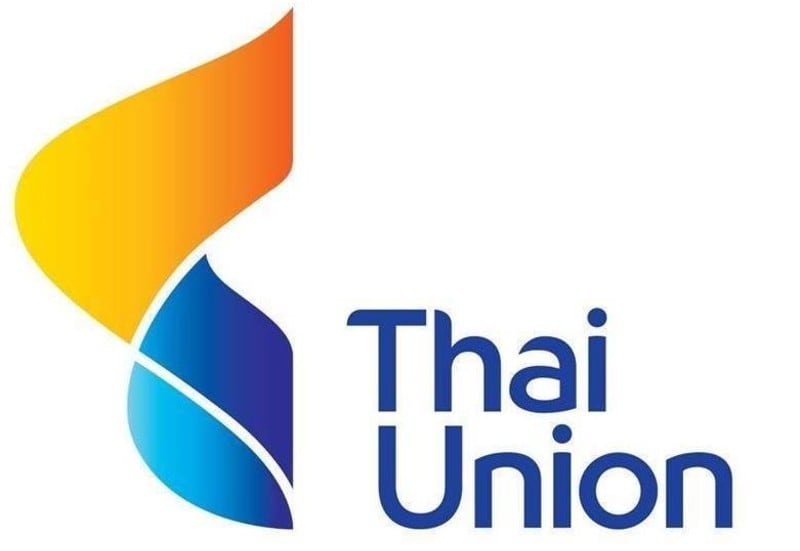Thai Union’s global sustainability strategy SeaChange was first launched in 2016, and is now entering its second iteration – SeaChange 2025 - as the firm looks to wrap up and report on the previous one, which was Seachange 2020.
According to Thai Union Global Director for Corporate Affairs and Sustainability Dr Darian McBain, as the firm makes plans for SeaChange 2025, one thing that is for sure is that traceability is going to be a major part of the new strategy.
“Traceability is to us the very backbone of sustainability in the Seachange strategy, and this will also be reflected in SeaChange 2025,” she told FoodNavigator-Asia.
“This is crucial all throughout the seafood supply chain from fish to food – in fact, in seafood this is not so much a supply chain as a ‘supply web’ as there are many different components involved, and without traceability there is no way to understand the multiple nodes of this intricate web.
“In just tuna, for example, we need to understand as much as possible about the actual fishery, the environmental impacts of fishing these, the origin of the fish (as fisheries can be really huge, crossing multiple different government borders), what the fishing vessels are doing and so on so we can work on how to improve and makes these more sustainable.”
Thai Union is looking to make all the seafood it uses for its products fully traceable, and according to Dr McBain there are also multiple tiers to be considered.
“One of the main things we’re looking at is monitoring on vessels – this means human observers for longline vessels or installing electronic monitoring where this isn’t possible, so there is much clearer transparency of what is happening and everything is traceable as well,” she added.
“This is where the importance of traceability technology comes in, as one of our key commitments for the 2025 strategy – as part of a collaboration with The Nature Conservancy – is to achieve 100% monitoring/observer coverage at sea by 2025.
“Further down the supply chain, some of our John West canned products also have tracking codes on-pack which can be entered onto the brand website to pull traceability information such as the vessel, fish species, geography where the fish was caught, how the fish was processed and so on.
“We often work with retailers as the interface with consumers to improve on this traceability provision, and the next step we are looking at now is QR codes - later this year, select products will have specific QR codes such that consumers can just use their smart phones to check on the traceability information in addition to other useful details such as recipes and provenance data.”
SeaChange 2025
Dr McBain also revealed that some of the major upcoming changes to be included in SeaChange 2025 are a renewed focus on climate change, risk management and plastics management.
“We are looking at setting science-based targets for greenhouse gas goals over the next five years, and are also planning on how to improve supply chain and operational resilience and risk management,” she said.
“The other very major area here is plastics, as ocean plastics are a really big topic in South East Asia – and as a seafood company, it’s something to take seriously as people also worry about the extra dimension of whether the fish being consumed are healthy, what with microplastics and all that.
“So we’re targeting this both from a packaging perspective, where we already have commitments in place to improve procurement and innovation; as well as gearing up our work with what is called ‘ghost gear’.
“Ghost gear is actually abandoned fishing gear, and it has been found that by weight this actually makes up some 70% of the plastics in the ocean – so we’re working together with the Global Ghost Gear Initiative to collect these abandoned, lost or discarded fishing gear to clean up the oceans.”
Thai Union has also established 10 tuna Fishery Improvement Projects (FIPs) worldwide as part of its Tuna Commitment, which is to source 100% of its branded tuna from fisheries that are either Marine Stewardship Council (MSC) certified or engaged in FIPs to move them towards MSC certification.
“As a result of these projects, some 75% of Thai Union’s branded tuna currently already hits this target, and we are certainly looking to get to 100% as the impact of this is truly global,” said Dr McBain.





